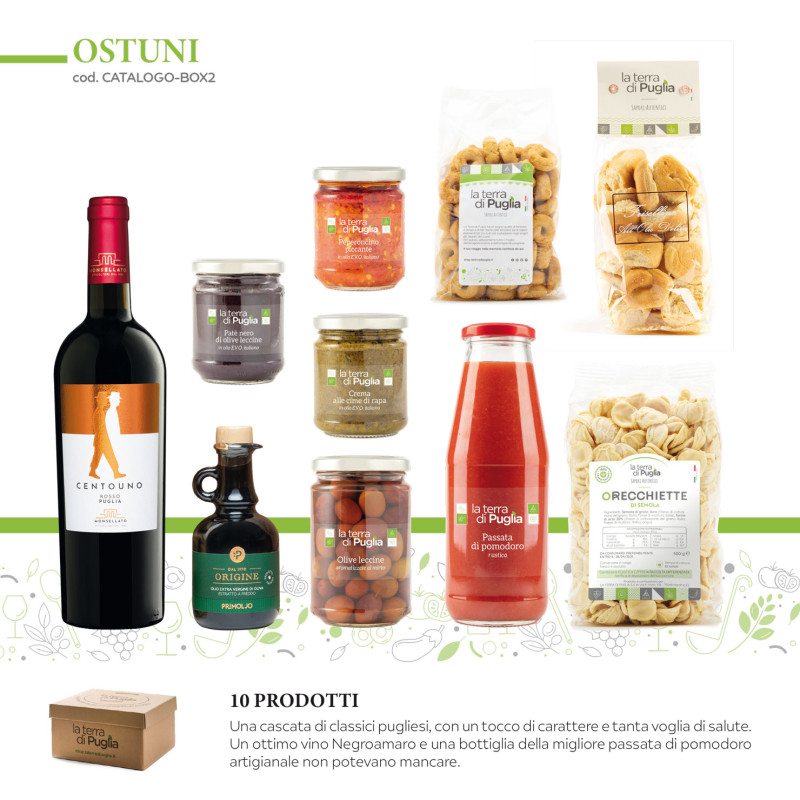Focaccia bread
Focaccia bread , originally from Genoa, is now one of the most popular and widespread breads in the world. And yet, despite its long history, it never goes out of fashion: many Italians remember their childhood when some focaccia would be taken to school in their backpack, wrapped in a simple sheet of paper, and how they couldn’t wait for the break between lessons to eat it. Many others will remember eating it with their grandmother, or mother, or on Sunday with the family, or at a picnic on the beach. Soft, fragrant focaccia, simply brushed with oil and sprinkled with salt, it is still the undisputed princess of Italian gastronomy. It is often modified in recipes, stuffed and seasoned in various ways: the one that we enjoy and offer in this recipe is simple, one that, when cooking in the oven, would evoke wonderful childhood memories to many Italians
Ingredients
-
"00" flour 500 grams
-
extra virgin olive oil 100 millilitres
-
waterfall
-
salt

Send the recipe
Preparation
Mix the flour with the baking powder, salt and enough water and then knead until you have a standard bread dough. Let it rise for at least three hours covered by a towel; then spread it out in a rectangular baking tray, greased with a little oil, and then squeeze the surface of the dough with your fingers to form small dimples. Prepare an emulsion with coarse salt, a little water, olive oil, and fennel seeds to taste and brush the cake. Bake in a hot oven (200 °C) for about twenty minutes.
Step by step
|
View the step by step
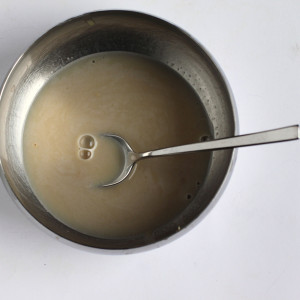
|
Soak the yeast in some tepid water
|
|
View the step by step
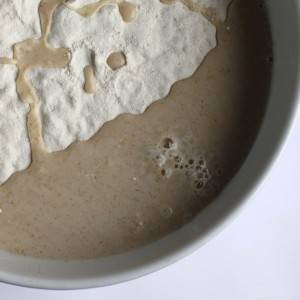
|
Mix the soaked yeast with the flour
|
|
View the step by step
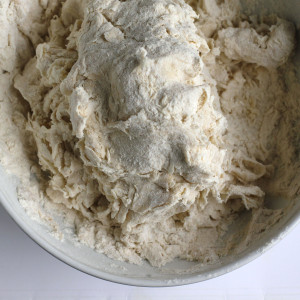
|
Knead well
|
|
View the step by step
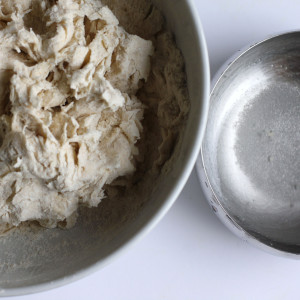
|
Add the water and salt
|
|
View the step by step
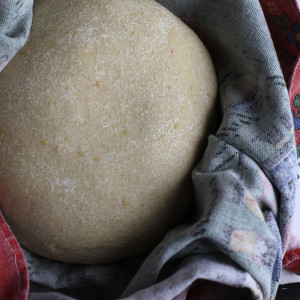
|
Knead once again, form the dough into a ball and leave to rise
|
|
View the step by step
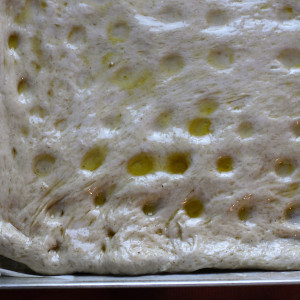
|
Roll out the dough, make the dimples and sprinkle with salt
|
|
View the step by step
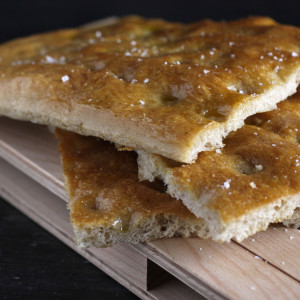
|
Bake at 200°C for 20 minutes, then serve
|



